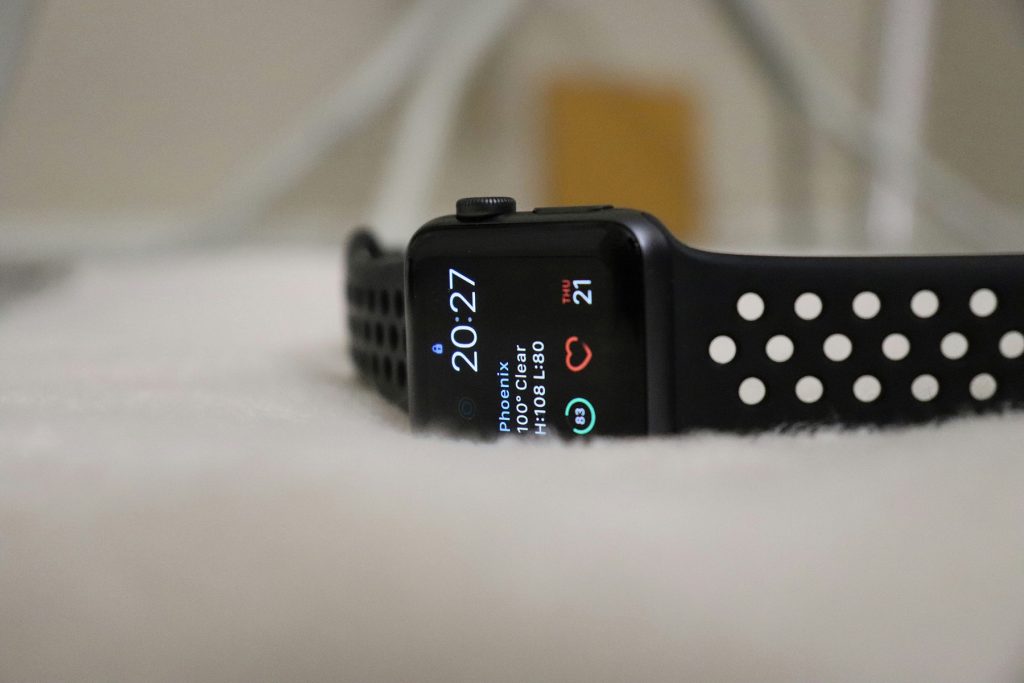In today’s always-on world, quality sleep has become harder to achieve—and more essential than ever. With the rise of wearable technology, we now have powerful tools at our fingertips (or on our wrists) to track, analyse, and improve our sleep like never before. From smartwatches to sleep rings, wearables are helping users take control of their night-time habits and build healthier sleep patterns based on real-time data.
But how exactly do these devices work, and can they really help you sleep better? In this blog, we explore how wearable tech is transforming sleep health and which metrics are worth watching.
What Is Sleep Tracking Technology?
Wearable sleep trackers are smart devices—worn on the wrist, finger, or even as headbands—that monitor your body’s activity and physiological signals throughout the night. Using sensors such as accelerometers, photoplethysmography (PPG), and temperature monitors, they detect key indicators of sleep such as:
-
Movement and restlessness
-
Heart rate and heart rate variability (HRV)
-
Blood oxygen levels (SpO2)
-
Breathing rate
-
Body temperature
-
Sleep stage transitions (light, deep, and REM sleep)
With this data, they provide insights into the quality, duration, and efficiency of your sleep. Some devices also offer personalised tips and tools to help improve your sleep hygiene.
Why Track Sleep at All?
Sleep isn’t just about how many hours you’re in bed—it’s about how much restorative sleep you get. Many people are unaware of poor sleep habits, frequent disturbances, or sleep disorders that affect long-term health.
Tracking your sleep can help you:
-
Identify patterns and triggers for poor sleep
-
Improve bedtime routines and sleep schedules
-
Detect potential issues like sleep apnoea or insomnia
-
Track the impact of lifestyle changes (e.g. caffeine, stress, exercise)
-
Set and maintain sleep goals for better well-being
Knowledge is power, and wearable tech gives you the data to take actionable steps.
Top Sleep Metrics Tracked by Wearables
Here are the most valuable sleep metrics and what they reveal about your sleep health:
1. Sleep Duration
The total time spent asleep. Adults typically need 7–9 hours per night. Less than this regularly could affect mental sharpness, immune health, and emotional balance.
2. Sleep Efficiency
This measures how much time in bed is spent actually sleeping (not tossing and turning). A high efficiency score (85% or higher) means you fall asleep quickly and stay asleep.
3. Sleep Stages
Wearables estimate your time spent in:
-
Light sleep: Makes up most of the night, supports memory consolidation.
-
Deep sleep: Crucial for physical repair and immune function.
-
REM sleep: Important for brain development, mood, and learning.
Unbalanced stages could indicate stress, alcohol intake, or circadian rhythm issues.
4. Heart Rate & HRV
A lower resting heart rate and high heart rate variability are signs of good recovery. Poor sleep or stress often causes irregularities.
5. Breathing & Blood Oxygen
Some trackers monitor oxygen levels to flag sleep apnoea or breathing issues that interrupt sleep.
Best Wearable Devices for Sleep Tracking (2024)
1. Oura Ring Gen 3
-
Worn on the finger
-
Tracks sleep stages, HRV, temperature, and blood oxygen
-
Excellent battery life and comfort
-
Offers daily readiness score
Ideal for: Those wanting detailed sleep metrics without wearing a watch.
2. Whoop 4.0
-
Strap-style wearable with no screen
-
Tracks strain, recovery, and sleep with high accuracy
-
Offers coaching based on recovery data
Ideal for: Athletes or high performers interested in recovery-focused sleep insights.
3. Fitbit Sense 2 / Charge 6
-
Tracks sleep stages, SpO2, heart rate, and stress
-
Built-in sleep score and smart alarm features
-
Offers guided breathing and mindfulness tools
Ideal for: General users looking for an affordable, all-round health wearable.
4. Apple Watch Series 9
-
Offers native sleep tracking in iOS
-
Records sleep duration, heart rate, and respiratory rate
-
Integrates with third-party sleep apps for enhanced features
Ideal for: iPhone users who want integration with fitness and lifestyle tracking.
How to Use Sleep Data Effectively
Data alone won’t improve your sleep—but acting on it will. Here’s how to put your wearable insights to work:
1. Stick to a Sleep Schedule
Use your tracker to understand your natural circadian rhythm, then go to bed and wake up at consistent times—even on weekends.
2. Monitor Lifestyle Factors
Many wearables let you log caffeine, alcohol, stress levels, or exercise. Notice how these inputs affect your sleep score.
3. Create a Wind-Down Routine
If your data shows prolonged sleep latency (how long it takes to fall asleep), incorporate meditation, journaling, or light stretching before bed.
4. Adjust Your Environment
If you see frequent nighttime awakenings, try changing room temperature, using blackout blinds, or reducing noise.
5. Set Smart Alarms
Some devices wake you during a light sleep phase, making you feel more refreshed and less groggy.
Sleep Tracking Limitations
While wearable technology has come a long way, it isn’t perfect. Sleep stage tracking, in particular, is still an estimate—not as precise as a clinical polysomnography test. However, wearables still offer valuable long-term trends and behavioural insights that can empower better sleep habits.
The Future of Sleep Tech
The next wave of wearables is even more exciting—featuring AI-powered predictions, smart mattresses, and sleep-enhancing devices that adjust temperature or lighting based on your sleep stage.
Combined with biofeedback and behavioural nudges, wearable tech is rapidly becoming a cornerstone of personalised sleep health.
Final Thoughts: Sleep Smarter with Wearables
Sleep is one of the most powerful tools for health, and wearable technology offers an easy, science-backed way to optimise it. Whether you’re struggling with poor sleep or simply want to improve recovery and focus, tracking your sleep metrics can help you build routines that truly restore body and mind.
Invest in better sleep—because when you sleep well, everything else works better.
